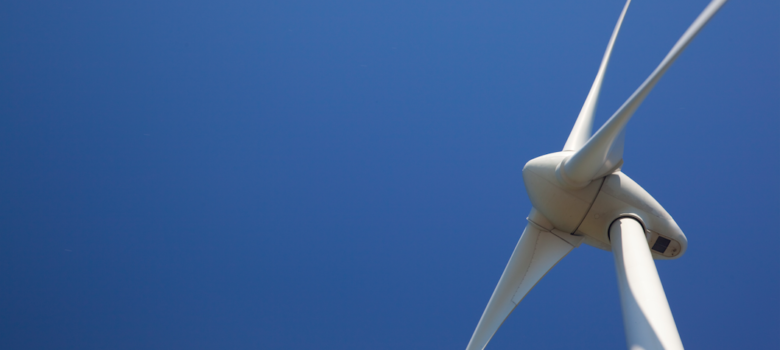
Soon, gas won’t be the only form of energy produced in the North Sea. Scotland is to be home to the largest floating wind farm in the world – Hywind – featuring five 6 megawatt turbines. Developers have been granted a seabed lease for the site, 15 miles off the East coast. The turbines should be generating energy by the end of 2017 and should produce enough power for 20,000 households.
Why has the site been chosen?
The placement of the turbines is important for two reasons; the strongest winds are found out at sea and opposition from locals should also be reduced if the turbines are less visible. The technology is reliable and productive because the North Sea has average wind speeds of around 19 knots. The project is planned to be cheaper than installing fixed offshore turbines, which require steel and concrete foundations sunk into the seabed. This Scottish flotilla of turbines will instead be anchored by a floating steel tube, tethered to the seabed.
How much energy is currently generated from wind turbines?
Wind power currently generates 5% of the UK’s energy and this is set to increase in line with carbon emission reduction targets. The country is under mounting pressure to find green alternative energies since the United Nations Conference on Climate Change at the end of 2015. It must produce 15% of its energy from renewable sources by 2020.
Could this new floating wind farm make a difference?
Renewable energy is more important than ever, as our last remaining coal power plants shut down and our nuclear power plants near the end of their lives. This wind farm alone will not provide a solution to the UK’s energy deficit. But it’s a start and could set a precendent for future expansion into other deep water areas. Wider adoption could go some way towards closing the UK’s approaching energy gap.
Think we missed something? Do you have a different opinion?
Comment below to get your voice heard…












No Comments yet! Be the first one.